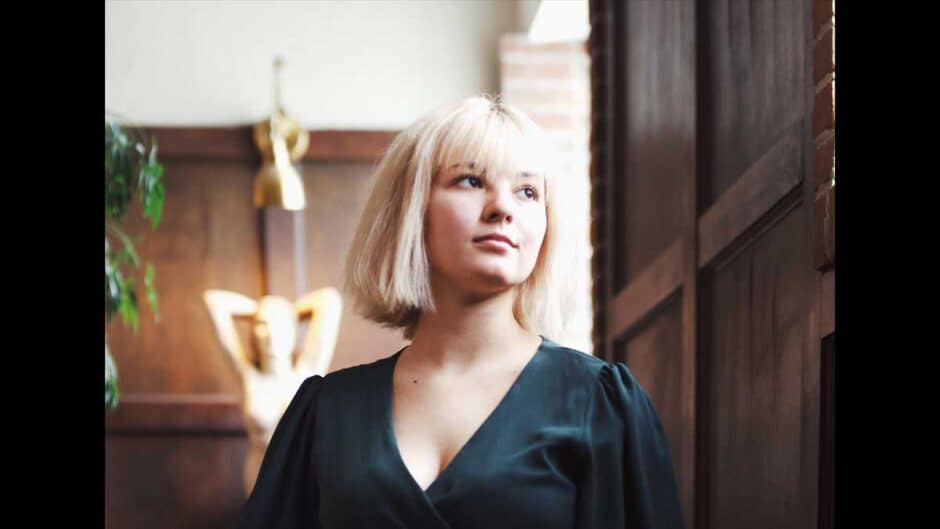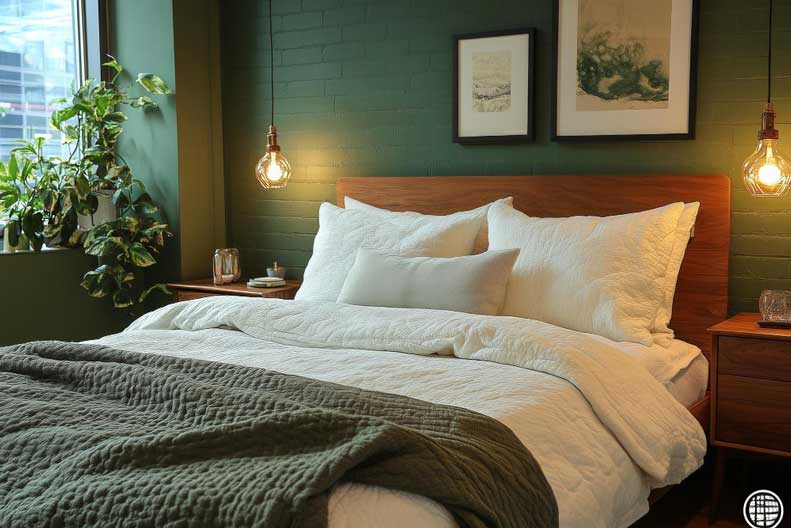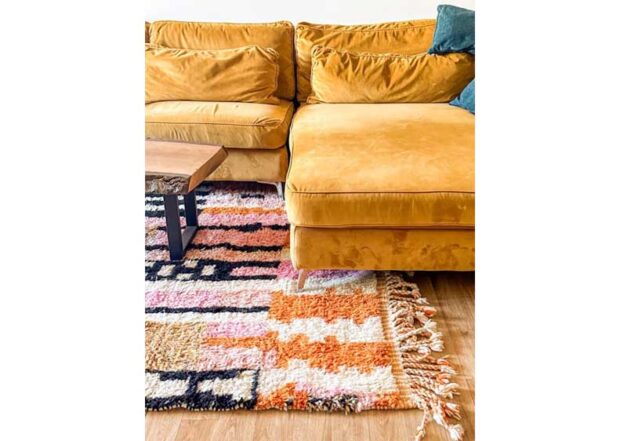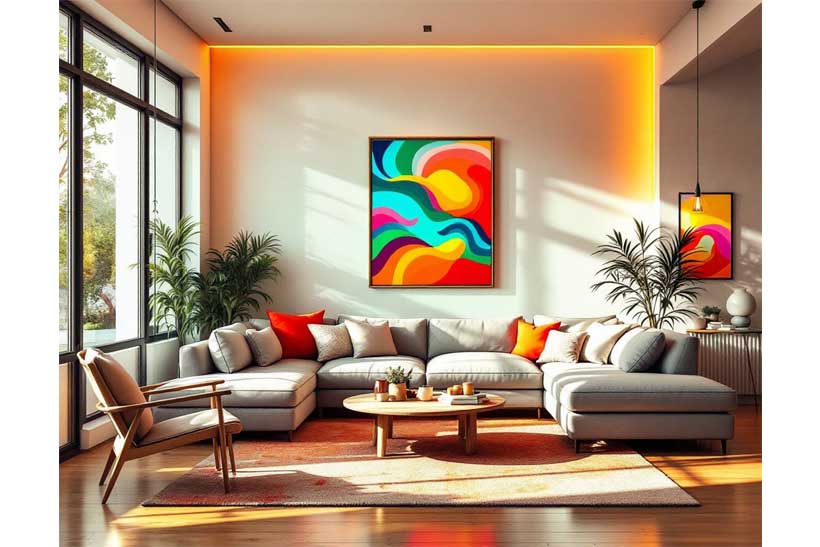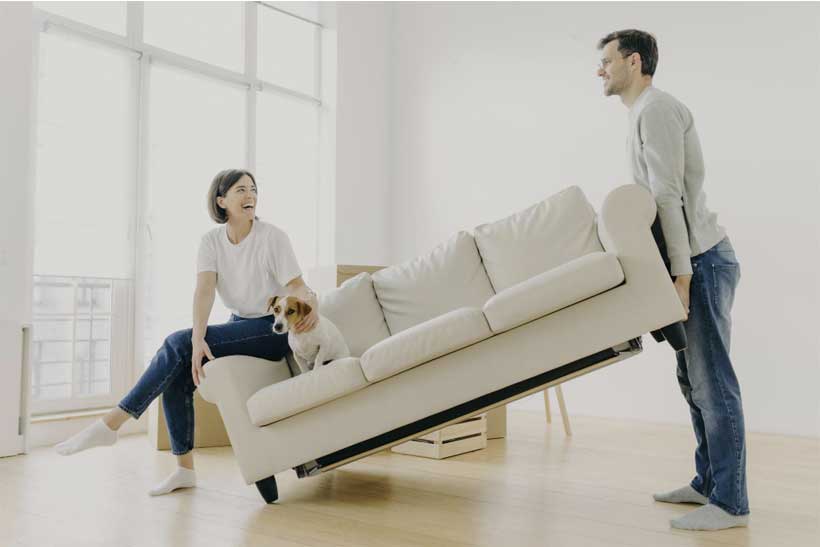
If you’re just getting into interior design, the terms can be confusing. For instance, consider mid-century modern versus modern design: What’s the difference? Are they related to each other at all? Which century, exactly, are we talking about? And which aesthetic is more you? This quick guide can help.
What Defines “Modern”?
First of all, “modern” does not mean modern in terms of time in this case. It actually refers to the Art Deco era that begin in the 20s. This era was inspired by modern architecture, which emphasized functionality, not embellishments. In general, if something doesn’t have a purpose, it doesn’t belong in modern décor, so you won’t see any knickknacks or elaborately decorated furniture finishes in a properly modern room.
With a foundation of white walls, modern décor has an airy feel, with clean lines and a sense of order. It’s characterized by materials such as wood and metal.
What’s Mid-Century Modern?
Fast-forward to the late 40s, and you’ll find the postwar origins of mid-century modern, a look that’s often associated with the 60s. It can be considered a subcategory under the umbrella term “modern,” but the styles are different enough that it’s better to keep them separate. Whereas modern design uses earthy materials, mid-century modern design is all about manufactured materials such as vinyl, plywood, Plexiglass, and Lucite—in a word, plastics. The patterns are funkier and the colors are louder.
Which One Is in Style?
Right now, the main difference between mid-century modern vs. modern design is that only one of them is in favor. While mid-century modern enjoyed an enormous resurgence in the wake of groovy shows such as Mad Men, these days, the modern style is proving more popular. Homeowners are craving more comforting interiors, and modern fits the bill. The uncluttered aspect appeals to people looking to simplify their lives, and the clean lines are fitting antidotes to our current messy reality.
That doesn’t mean you have to boycott mid-century modern if you love it. The vibrant, fun aesthetic will always create surroundings with plenty of positive energy. If you want to stay on trend, just don’t go all-in on it. Mix vintage mid-century modern pieces in with your décor and wait for it to swing back into style. They always do.
image sources
- chitaliving: CHITA LIVING’s New Sofa Collection Brings Comfort and Style to Every Home
- Ella-Rosa’s-New-Single-FUN: Artwork by Hannah DeVries
- Amelie Lens: Photo Credit: Sam Neill

